Canada is the latest country planning to require automakers to sell 100% zero-emissions vehicles by 2035, though that could include hydrogen fuel-cell vehicles, as well as EVs. Two Canadian provinces previously laid out the same target — as have a number of other countries, including the United Kingdom.

Prime Minister Justin Trudeau is the latest world leader pushing a country toward an all-electric future.
On Tuesday, Canada set the clock ticking down toward the end of the internal combustion era. The government of Prime Minister Justin Trudeau revealed new regulations requiring automakers to sell only zero-emissions vehicles starting in 2035.
The new mandate will bring a steep ramp-up of emissions standards starting in 2026. Even in the near-term, the rules will make it increasingly difficult to sell vehicles that aren’t at least partially electrified, whether hybrid, plug-in, EV or FCV, Natural Resources Minister Jonathan Wilkinson saying in a statement, “Zero-emission vehicles are an essential component of Canada’s low-carbon future.”
Challenges ahead
Two provinces, Quebec and British Columbia, already have announced similar targets. But some critics have questioned whether the technology is ready, especially as EVs can lose as much as 40% of their range when temperatures drop to 20 degrees Fahrenheit, or -7 Celsius.
With a population of 40 million spread over nearly 4 million square miles, there are also vast distances between many cities, especially those in the northern regions of Canada. That could create challenges ensuring motorists have places to charge up when traveling, critics add. For its part, the Canadian Vehicle Manufacturers’ Association raised concerns about the cost of the mandate — to the industry and consumers. It said new buyer incentives will be needed to convince motorists to make the switch.
But proponents point out that 50% of Canadians live within 50 miles of the U.S. border, primarily in or near the cities of Toronto, Montreal, Ottawa and Windsor. In the French-dominant Quebec, meanwhile, a substantial public charging network has already been established, and most of its power is generated from the province’s network of hydroelectric generators.
Booming EV sales
As in the U.S., Canadian sales of zero-emissions vehicles vary widely by province. In British Columbia, EVs alone accounted for “nearly 21%” of sales through the first nine months of the year, according to the provincial ministry of energy. British Columbia beat the national government, in October calling for a 2035 phaseout of internal combustion vehicle sales.
BC’s prior target was 100% ZEVs by 2040 but “thanks to the success we’ve seen, we’re accelerating our work so we can hit our 100% EV sales target five years earlier,” Josie Osbourne, the minister of energy, said in October.
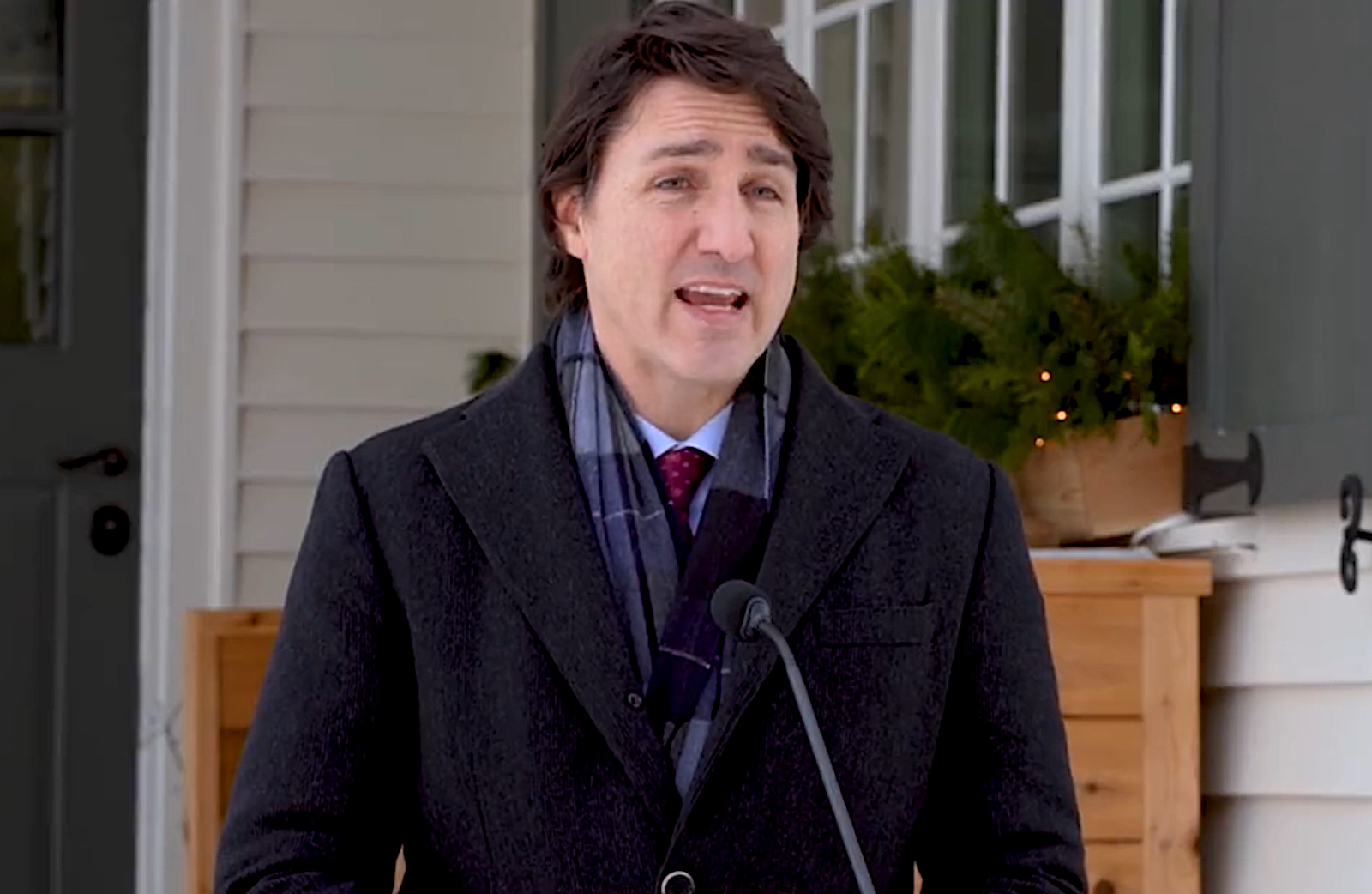
The government of Prime Minister Justin Trudeau revealed new regulations requiring automakers to sell only zero-emissions vehicles starting in 2035.
Quebec has also seen a huge increase in EV sales over the last several years. Demand is rising in Ontario, as well. But the numbers are in the low single digits in most of the rest of the country.
Escalating targets
The final regulations that Canada’s Ministry of Energy is expected to release will call for a steady escalation in sales of Zero-Emissions Vehicles — including not only EVs but also alternatives such as hydrogen-powered vehicles.
Based on what Environment Minister Steven Guilbeault announced a year ago, it’s expected to require hitting 20% of overall new vehicle sales by 2026, and 60% by 2030. By 2035, all light-duty vehicles would need to fall into the ZEV category. It remains to be seen if the regulations will find a place for plug-in hybrids that could be used in all-electric mode much of the time while providing the ability to switch to gas power for longer trips.
More green power news
- Here’s what it was like to stay charged up while driving the Mustang Mach-E 1,800 miles
- Tesla recalls 2 million EVs due to Autopilot defects
- Trevor Milton, founder of green truck company Nikola gets 4 years for fraud
A global shift
Canada is by no means the only place where the industry is being told to clean up its act. Legislation passed by the UK’s parliament this month sets a ZEV sales target of 22%, rising in increments to 80% by 2030 and 100% by 2035.
Back in February, the EU parliament set similar targets, noting in a news release, “The new legislation sets the path towards zero CO2 emissions for new passenger cars and light commercial vehicles in 2035 (an EU fleet-wide target to reduce CO2 emissions produced by new cars and vans by 100% compared to 2021). Intermediate emissions reduction targets for 2030 are set at 55% for cars and 50% for vans.”
China has repeatedly ramped up its New Energy Vehicle mandate, though it has not yet followed up with a 100% ZEV target, as is widely expected to come in the next several years. With more than 100 companies now producing EVs, it has become the largest market for battery-electric vehicles.
Closer to home
President Joe Biden set a target of 50% EV adoption by 2030, though next year’s election could determine whether it holds. But several individual states have taken things into their own hands, starting with California which now has its own 2035 target for getting entirely ZEV.
New Jersey became the latest to follow the Golden State, last week passing regulations that will require 51% of new vehicles sold there to go ZEV by 2027. It also will ban the sale of new vehicles using internal combustion engines by 2035.


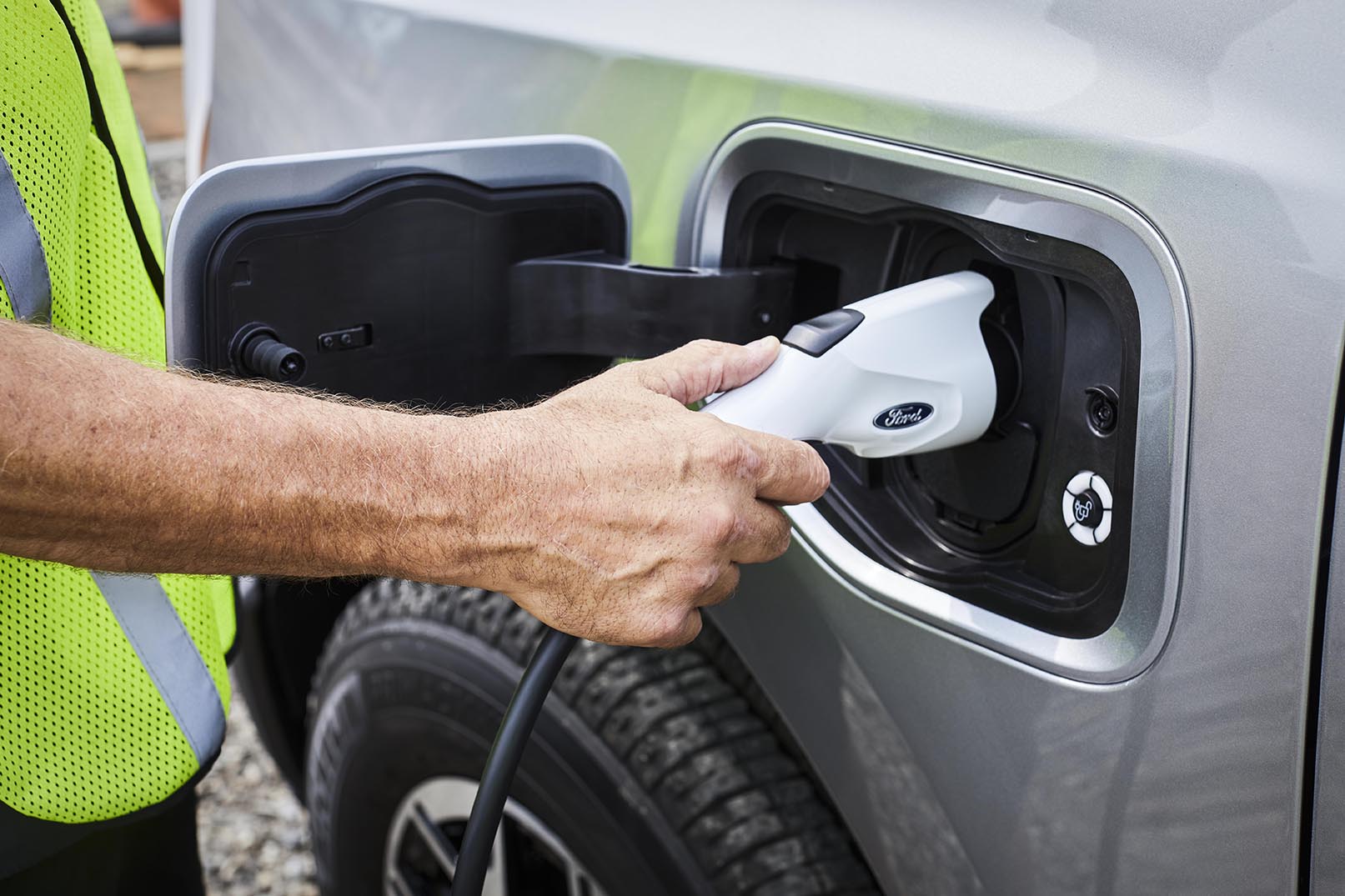
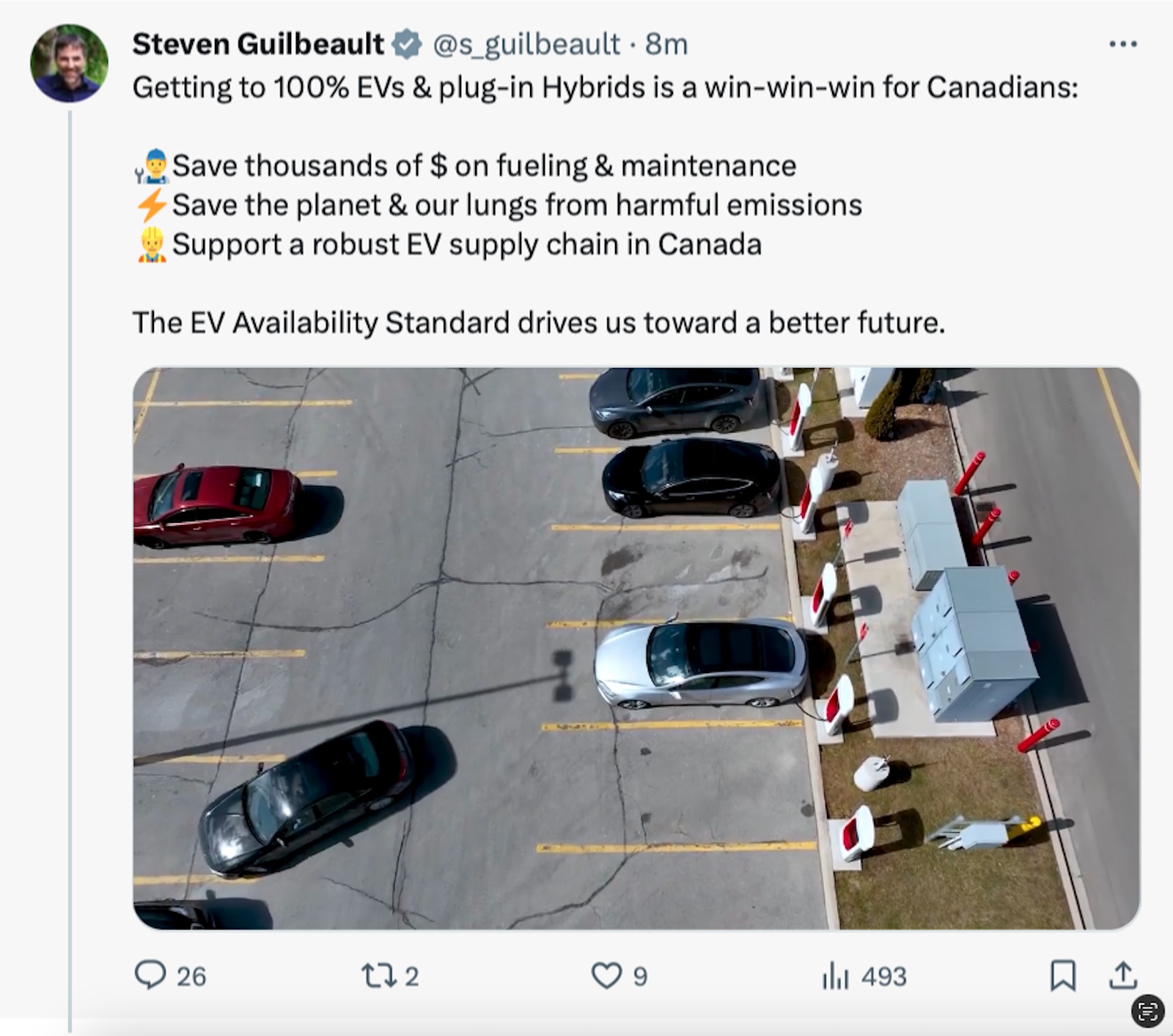

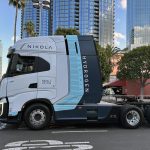




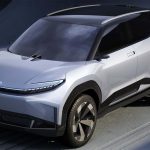
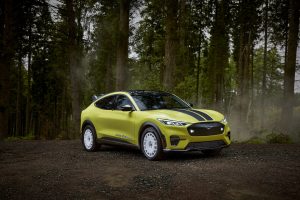


0 Comments